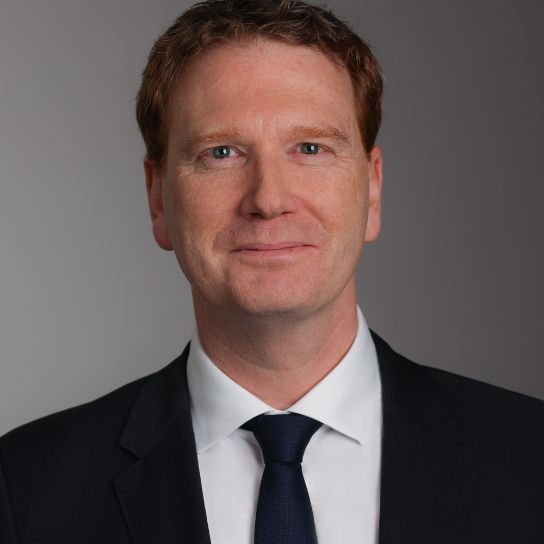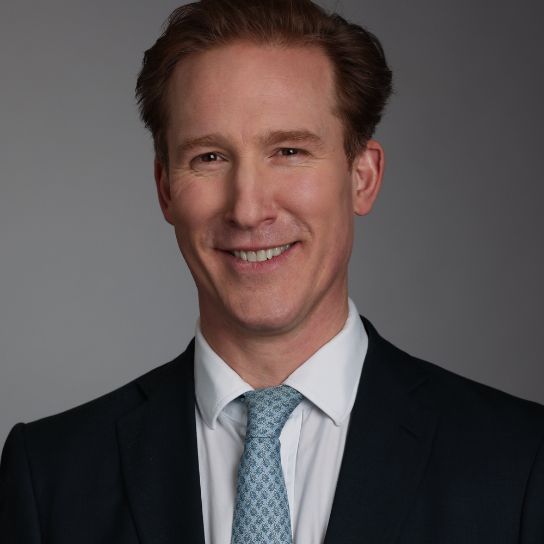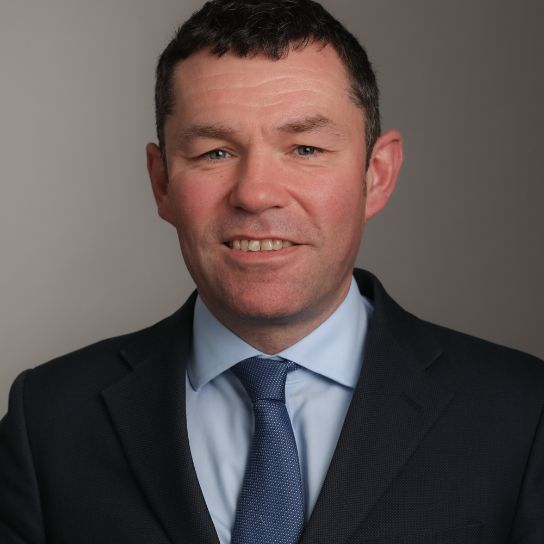This update aims to provide a brief overview of key developments which have occurred in Iran during the past month and to highlight areas of future interest. In particular, the update covers notable developments in both the political arena and key economic sectors.
Political developments
A number of significant political events affecting Iran have taken place in the past month:
Parliamentary Elections
second-round elections were held for the remaining 68 seats in the Iranian parliament on 29 April 2016. The combined results have left the reformist List of Hope party, which supports President Rouhani, with 42% of the seats in the 290 member parliament. The previously dominant conservatives won 29% of the seats. This leaves moderates and reformists with a working majority in parliament for the first time in over a decade. The result is generally regarded as being indicative of popular support for President Rouhani's approach to foreign policy, particularly the Joint Comprehensive Plan of Action (JCPOA).
Also, notably, the number of female members of parliament (17) is now at its highest level since the 1979 revolution.
Iranian parliament approves legal action against the USA
The Iranian parliament have granted preliminary approval for a bill approving legal action against the US government seeking compensation for the damage suffered by Iran as a result of US 'hostility' over the last 63 years. Specifically, the bill refers to the US role in matters such as the 1953 Iranian coup and in the Iran-Iraq war. This appears to be in response to the US Supreme Court ruling that Iran should pay USD 2 billion in compensation to the American victims of terror attacks – something which President Rouhani has declared Iran will be appealing under international law.
Developments in key economic sectors
General
The following financial year end analysis of Iran's economic position is likely to be of interest:
International Monetary Fund (IMF) forecast
The IMF has forecast that the Iranian economy will increase 4% in 2016-2017, above the global average of 3.5% and an increase from the 0% forecast last year.
Iran achieves positive trade balance
Iran's exports surpassed its imports in the last year by USD 916 million, the first time Iran has achieved a positive trade balance since the revolution in 1979.
Oil & Gas
There have been a number of positive developments in the Iranian Oil & Gas sector in the last month.
Iran's oil production and exportation have reached pre-sanctions levels
The International Energy Agency (IEA) confirmed that Iran's crude oil production had increased to 3.56 million barrels per day ("bpd") in April and its exports had increased to 2 million bpd. Both are similar to the level prior to the implementation of nuclear-related sanctions in 2011.
European purchasers continue to re-enter the market for Iranian crude oil
This month, Italian company IPLOM and Motor Oil Hellas of Greece are reported to have recommenced purchasing Iranian oil, with both expecting deliveries in the coming weeks, and it has been reported that Glencore and Vitol are in advanced talks with the National Iranian Oil Company (NIOC) in relation to the resumption of the supply of crude oil. The Swiss companies were two of the biggest purchasers of Iranian crude oil prior to the 2011 sanctions.
China and Iran sign 5 year co-operation pact on the development of Iranian oil fields
On 15 May 2016, the Iranian oil ministry signed a co-operation pact with the National Energy Administration (NEA) of China in relation to developing Iran's oil and gas industry. As part of this agreement it is envisaged that two of China's oil and gas companies may undertake the development of the second phases of two major Iranian oil fields, North Azadegan and Yadavaran.
Iran set to commence supplying natural gas to Iraq
Iran has also confirmed that all the necessary infrastructure is in place for it to commence the planned export of natural gas to Basra in Iraq by the end of June 2016. The National Iranian Gas Company (NIGC) will export up to 25 million cubic metres at first, which will rise to around 35 million cubic metres within 4 years.
Renewable Energy
The Iranian renewable energy sector has received significant attention in the last month with two large projects being agreed.
Italian companies to construct photovoltaic power plants in Iran
At the end of April, two significant photovoltaic power projects with Italian companies were preliminarily agreed:
- Genesis and Dynkun signed a memorandum of understanding for the two companies to construct one hundred photovoltaic power plants with officials from the region of Qazvin in North-western Iran. It is thought that each plant will have a capacity of 10MW, giving a total capacity of 1000MW. The project is expected to take 10 years to complete and will require around USD 1.5 billion of foreign investment.
- Carlo Maresca S.p.A signed an agreement to build a 50 MW photovoltaic plant on the Iranian island of Qeshm.
Petrochemicals
The Iranian petrochemical industry, Iran's second largest income source after crude oil, saw a number of encouraging developments in the last month as Iran targets achieving a production capacity of 120 million tons a year by 2020.
Chinese interest in the Iranian petrochemical industry continues to grow:
- China National Technical Import & Export Company (CNTIC) and Iran's Petrosaman Faragostar reportedly signed a deal at the end of April which will see the Chinese company investing around USD 1.65 billion to assist with the construction of a petrochemical plant in Mehran.
- Shortly after the signing of the CNTIC deal, the CEO of China Petroleum Engineering & Construction Corporation (CPECC) also led a Chinese delegation to visit various petrochemical projects in Iran – although no agreements have been announced at this stage.
Iran plans to make Austria the Eastern European hub for the export of Iranian petrochemicals
Iran's Petrochemical Commercial Company (PCC) signed a memorandum of understanding in early May 2016 with various Austrian investors to arrange for exports of Iranian petrochemical products to European countries.
Banking
Again, banking in Iran has received a lot of attention in recent weeks due to the apparent unwillingness of many large banks to re-enter the market due to uncertainty over the US sanctions position.
Turkey heavily involved in the Iranian banking sector
Alongside the recent agreement between the Turkish and Iranian governments to establish a joint banking committee, with four private and four state-owned banks from each country as its founding members, two Turkish banks have been prominent in the sector this month:
- Turk Eximbank is in the process of opening a USD 400 million credit facility for the Export Development Bank of Iran (EDBI) to use for the importation of raw materials to Iran and the financing of various projects.
- Halkbank has reportedly been approached to process the payment of India's USD 6.5 billion oil debt repayment to Iran. The transaction will be processed in Euros. It is unclear as to whether India will use Halkbank for its ongoing oil importation payments.
John Kerry continues to encourage major banks to enter the Iranian market
With statistics emerging showing that 30% of major UK executives are uncomfortable to even discuss plans to do business in Iran with their banks; US Secretary of State John Kerry continued his ongoing attempts to encourage re-entry. Speaking to an audience of executives from various major banks in London, he assured them that the sanctions position was "very simple" and that where they were at all uncertain they should request assurances from the US Treasury Department's Office of Foreign Assets Control (OFAC).
Pasargad Financial Group announces IPOs
Pasargad Financial Group, owner of Iran's second largest bank, announced this month that it plans to float various companies in its energy unit within the next 10 months. Most notably, Pasargad Energy Development Co. (PEDC), which is currently reported to be involved in energy projects worth USD 12 billion including the USD 2.2 billion gas line to Iraq, will be amongst the companies floated. The IPO is planned on the Iran Fara Bourse (IFB), Iran's junior market, and is expected to raise in excess of USD 330 million.
Other
This month, a number of countries visited Iran with major delegations with a view to taking advantage of various investment opportunities offered by Iran.
South Africa
Jacob Zuma headed a 200 member delegation to Tehran at the end of April. The two sides reportedly concluded 8 co-operation pacts in a wide range of sectors. Many of the precise details of the agreements have not yet emerged. Significantly, a non-commercial agreement was signed between PetroSA and the Iranian Research Institute of the Petroleum Industry (RIPI) for the South African company to pass on its expertise on the production of 'gas to liquids' (GTL).
South Korea
Korean President, Park Geun-hye visited Tehran at the beginning of May with a 236 member delegation. 19 co-operation pacts and 13 memoranda of understanding were concluded, with Korea reportedly pledging to invest around USD 25 billion into Iran. The most significant deals which have been reported include:
- The signing of various memoranda of understanding with Korea's major state banks: the Export-Import Bank of Korea (KEXIM), Korea Development Bank, and Industrial Bank of Korea. The agreements are reported to involve the Korean banks financing investments into Iranian infrastructure, energy and IT. The combined value is reported to be around USD 20 - 25 billion.
- An investment of around USD 70 million from Teekay corporation into exporting spandex fibre products into Iran.
- An agreement for Hyundai Engineering Company (HEC) to build both a 500MW power station near Zanjan and a gas refinery in the South Pars Field.
If you would like to receive more copies of this briefing, or would like to receive Herbert Smith Freehills briefings from other practice areas, or would like to be taken off the distribution lists for such briefings, please email [email protected].
Key contacts

Andrew Cannon
Partner, Co-Head, Public International Law Practice, Deputy Head, Global Arbitration Practice, London
Legal Notice
The contents of this publication are for reference purposes only and may not be current as at the date of accessing this publication. They do not constitute legal advice and should not be relied upon as such. Specific legal advice about your specific circumstances should always be sought separately before taking any action based on this publication.
© Herbert Smith Freehills 2024


